I have a dataframe with several variables that I wish to label and then use in several ggplots. I have applied labels using the labeller package with the following code.
library(tidyverse)
library(labeller)
library(ggpubr)
example.df <- data.frame(
origin = sample(c("hum_1", "mou_1"), 100, replace = TRUE),
v1 = rnorm(100, 100, 5),
v2 = rnorm(100, 10,5),
v3 = rnorm (100, 25, 5))
example.df <- example.df %>% set_variable_labels(origin = "original sample", v1 = "effect of Rx", v2 = "response", v3 = "weight (kg)")
This gets the labels to show up in the dataframe. However, when I use ggqqplot from ggpubr to plot these variables I don't see the labels in the resultant plots.
vars <- dput(colnames(select_if(example.df, is.numeric)))
lapply(vars, function(item) {
ggqqplot(example.df, x=item, combine = FALSE, facet.by = "origin")+
ggtitle(item)
}
)
I would like to have original sample, effect of rx and weight (kg) show up instead of v1, v2 and v3. Any help is much appreciated. Thanks.





